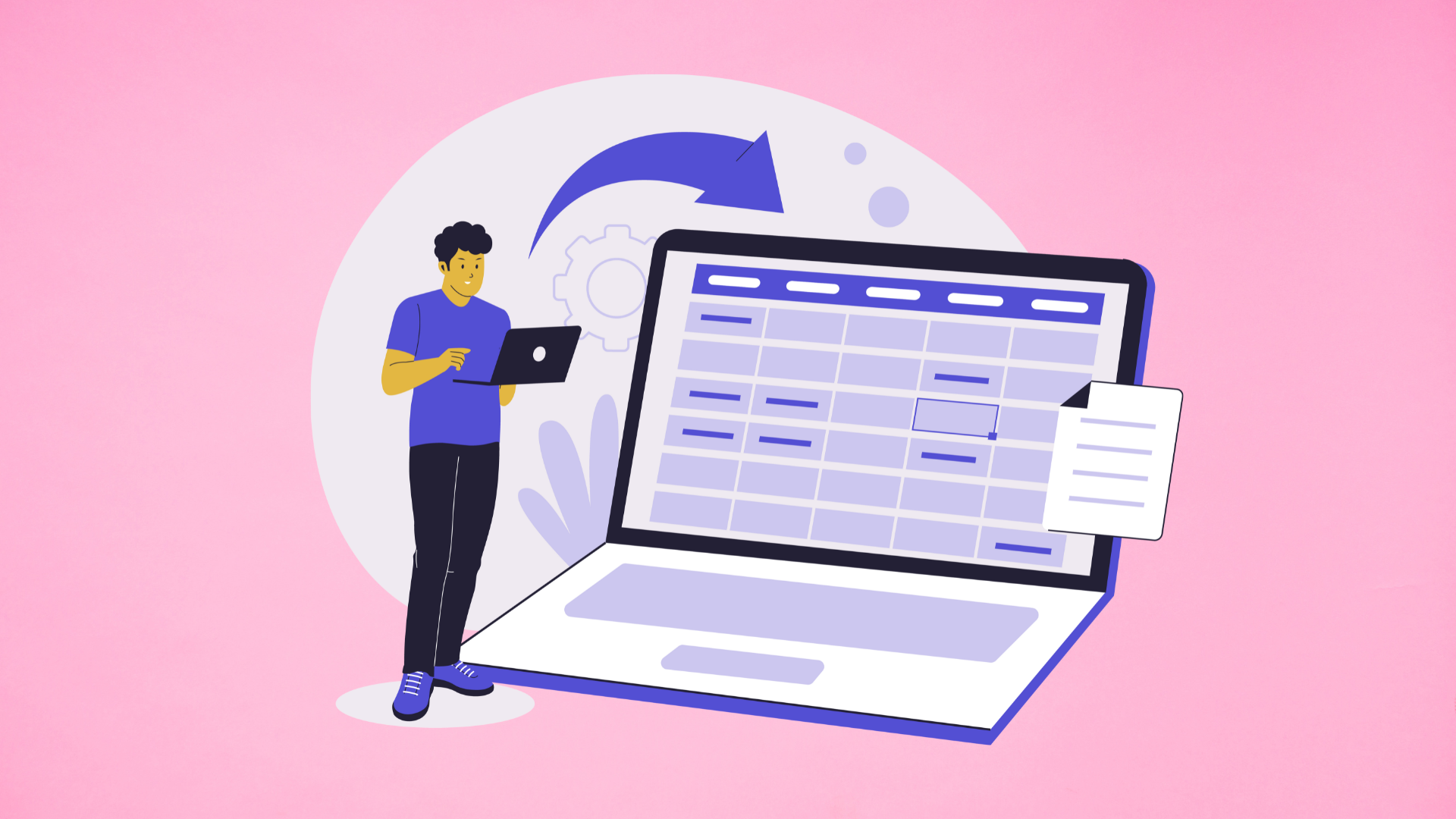Ever stared at your Salesforce dashboards and thought, “Wait…is any of this actually accurate?” You are not alone. Messy data is not just an admin headache. It sneaks into forecasts, skews revenue numbers, and makes your sales team question the system itself. Honestly, bad data can erode trust faster than a leaky pipeline.
Organizations we’ve worked with often face these exact challenges, and the ones that take structured steps see measurable improvement in forecast accuracy and eventually, can feel confident that the Salesforce data being included in board decks accurately reflect the current business.
What Data Hygiene Really Means
Data hygiene is about keeping your CRM clean, complete, and reliable. Sounds simple, right? Yet many organizations treat it like a once-a-year spring cleaning (if that). It can also be difficult to execute on, making the avoidance of this task understandable for most. But the reality is that system data decays constantly and on the daily. Leads go cold, contacts change jobs or companies, duplicates sneak in, and fields become irrelevant.
The result is teams making decisions on outdated or wrong information. And here’s the thing, when data is messy, even your best-intentioned teams start doubting the system. They spend more time verifying than acting, and that kills momentum faster than most realize.
So, Why Should Revenue Leaders Care?
In case it hasn’t been clear already, think of messy data like cooking with spoiled ingredients. You might still get a meal on the table, but it will not taste good or impress anyone.
Forecasts fail. Bad data inflates or deflates your pipeline, leading to missed targets and reactive planning.
Sales efficiency drops. Reps chase the wrong leads, double-call accounts, or waste hours validating what should be known truths.
Customer experience suffers. Duplicate outreach, incorrect personalization, and disjointed communications make your brand look uncoordinated.
For revenue leaders, the fallout goes far beyond inconvenience. Missed quotas, inaccurate forecasts, and frustrated customers all trace back to the same root problem: bad data. When reps chase false leads or dashboards tell half-truths, every decision gets a little less reliable.
The AI Factor: Why This Now Matters More Than Ever
With AI becoming a bigger part of every Salesforce conversation, clean data isn’t just a nice-to-have; it’s mission critical and your whole AI strategy depends on it. AI will also magnify messy data more than ever.
A tool like Agentforce depends on consistent, high-quality inputs to generate meaningful outputs. What’s the saying? “Junk in, junk out”. When your CRM contains duplicates, incomplete fields, or outdated knowledge, AI agents start learning the wrong lessons. The result? Automations that misfire, predictions that mislead, and insights that quietly erode trust across teams and customers.
AI thrives on clarity. If your data model isn’t governed, your AI model won’t be either. Inaccurate data doesn’t just affect reporting anymore; it compromises how your organization learns, recommends, and engages.
If you’re serious about adopting AI in your go-to-market engine, getting your data house in order is non-negotiable.
Your Data Hygiene Game Plan
You do not need a fancy degree in data science to tap into your architectural mindset and start cleaning up your Salesforce org. You just need structure, ownership, and discipline. The impact of doing so is actually quite clear.
Focus on practical, high-impact steps first. Begin with rolling out an assessment or health check plan. Maybe this means a quarterly check on automations, or maybe it is an annual routine audit for duplicates, irrelevant fields, and outdated accounts and contacts.
Leverage automation wherever possible. Salesforce Duplicate Management and validation rules are excellent, Automation is powerful, but human eyes still catch subtle errors bots miss. Through work with multiple Salesforce teams, including complex revenue orgs, we have found that focusing on high-value objects first and setting up automated validation rules prevents most recurring issues.
Ownership matters. Each record should have someone accountable for its accuracy. Make data hygiene part of team culture. Remind teams that dirty data slows everyone down. Educate and incentivise your reps. Show them how clean data benefits them directly, with fewer wasted calls, smoother deals, and more accurate forecasts.
Prioritize your efforts. Focus on records that impact revenue first. You do not need to fix a million historical records tomorrow. Start where it counts. Following this approach ensures that every step is aligned to business outcomes so teams see immediate improvement and long-term sustainability.
The ROI of Clean Data
When your Salesforce org is accurate and reliable, forecasts become trustworthy, reps actually like using the system, executives make decisions based on reality instead of guesswork, and you can start to leverage Agentforce more efficiently and effectively.
We’ve seen it firsthand: organizations that institutionalize data hygiene outperform those that don’t. Their dashboards tell the truth, their AI agents act intelligently, and their leaders make decisions based on fact, not fiction.
Small, consistent steps compound over time. A planned cleanup today prevents a six-figure problem tomorrow.
Take Control of Your Salesforce Data
Your Salesforce org can either drive growth or slow your teams down. Messy data will not fix itself and AI won’t save it; it’ll just expose it faster. Focus on the areas that impact revenue most and build a culture of accountability.
So, when was the last time you truly looked under the hood of your Salesforce org? We’ve helped organizations address these challenges and put systems in place that keep data accurate, actionable, and ready to drive results. Don’t wait for issues to pile up. Need some help taking back control and making your Salesforce org work for you? Let’s chat.
